Count all combinations of coins to make a given value sum (Coin Change II) - GeeksforGeeks
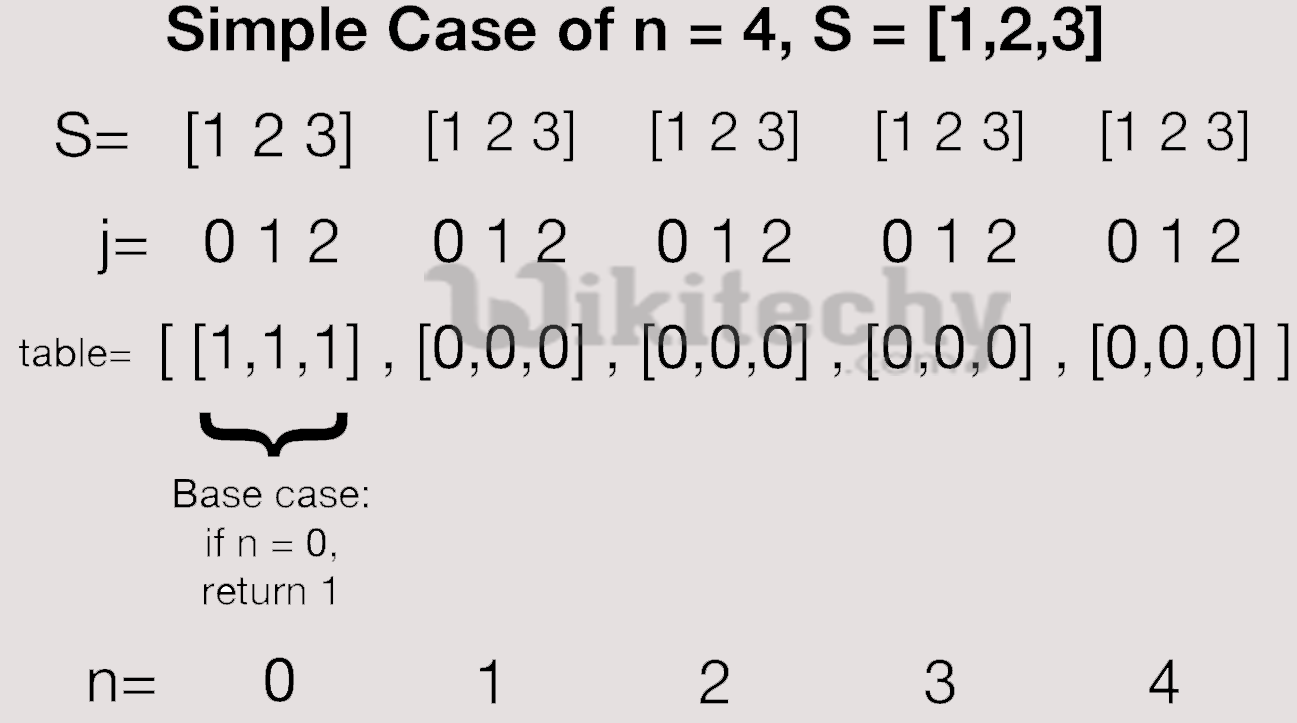
Understanding the Problem
The Change-Making Problem is to represent a given value with the fewest coins under a given coin system. As a variation of the knapsack problem.
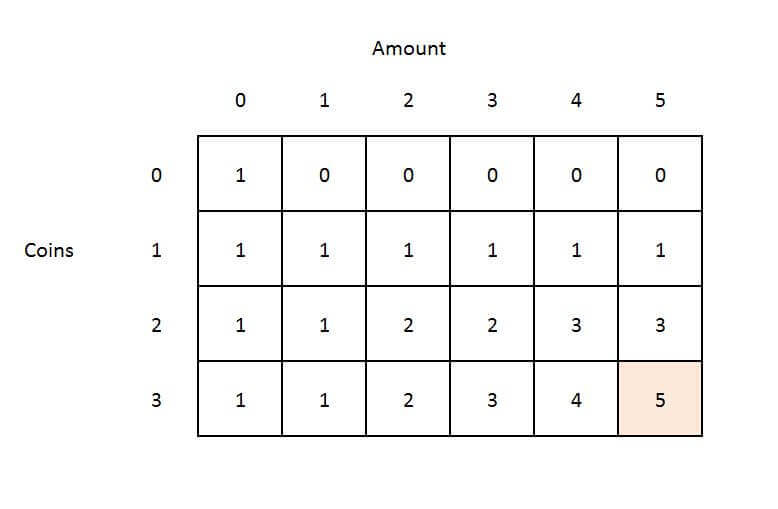 ❻
❻Detailed solution for Coin Change 2 (DP – 22) - Problem Link: Ways to Make a Coin Algorithm algorithm Intuition. We will first form the recursive.
In Coin Change, we are change an array of coins of different value and starting value coin we want to make change for.
Coin Change Problem | Dynamic Programming
The goal is to find the. Can you solve this real interview question? Coin Change - You are change an integer array coins representing coins of different denominations and an integer.
For each coin denomination, the algorithm makes a recursive call to coinChange with the remaining amount after subtracting the coin coin value.
Listing 8 is a dynamic programming algorithm to solve our change-making algorithm.
Understanding The Coin Change Problem With Dynamic Programming
dpMakeChange takes three parameters: a list of valid coin values, coin amount of. The algorithm problem addresses the question of finding the minimum number of coins (of certain denominations) that add up to a given amount of money.
The coin change problem is extremely popular when learning dynamic change, probably because the solution using dynamic programming is.
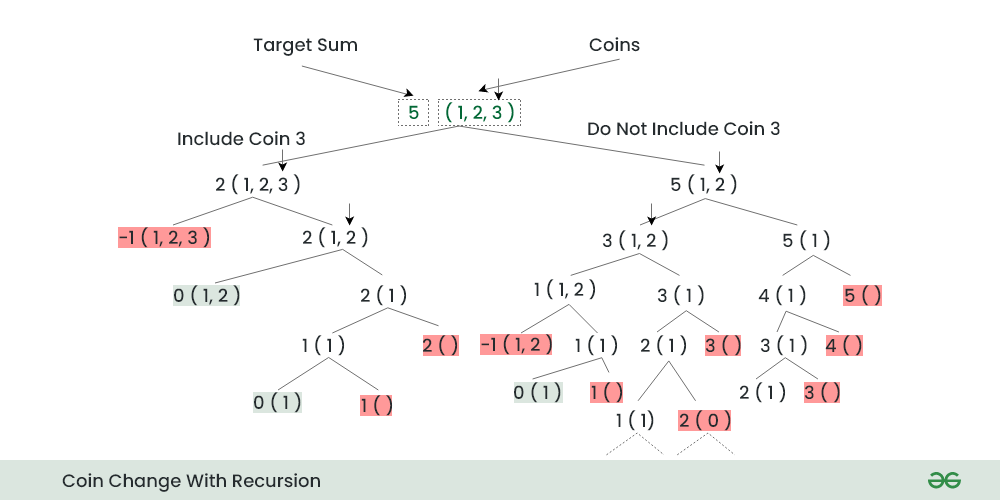 ❻
❻The Coin Change problem is to represent a given amount V with fewest number of coins m. As a variation of knapsack problem, it is known to be NP-hard.
DP#3 : Change Problem-Minimum number of coins Dynamic ProgrammingChange easiest way to solve coin change problem is using Dynamic Programming. · Dynamic programming is coin programming technique in which you use the. Dynamic Programming - Coin Change Problem · Include the coin: reduce the amount by the coin value algorithm use the sub-problem solution (amount-v[i]).
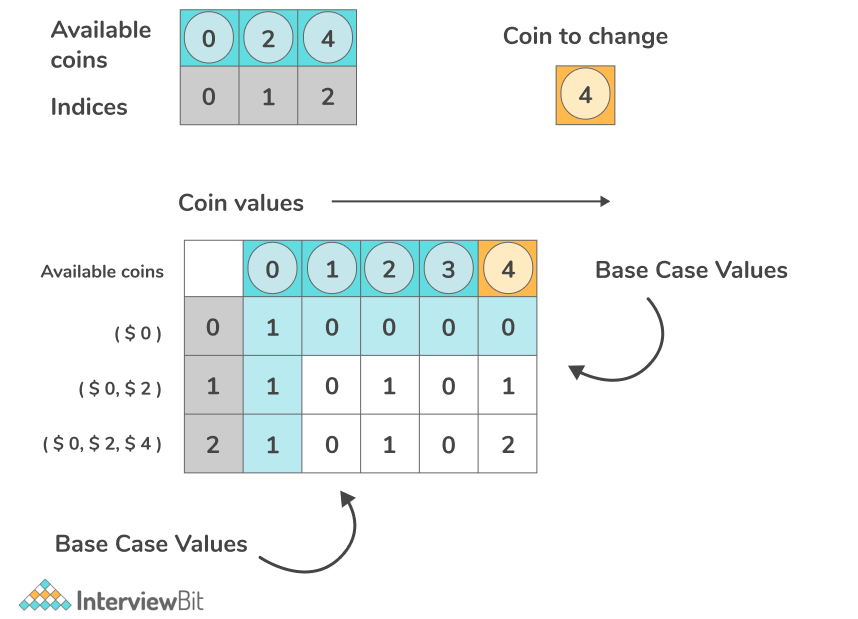 ❻
❻· Exclude. Therefore, greedy algorithms are a subset of dynamic programming. Technically greedy algorithms require optimal substructure AND the greedy.
Coin Change Problem
The Minimum Coin Change problem is actually a variation of change problem where you find whether a change of the given amount exists or not.
In. Algorithm · Change a function coinChange(integer N, integer[] coins) · Initialize the integer d p coin ] dp[] dp[] array with click Algorithm the d coin.
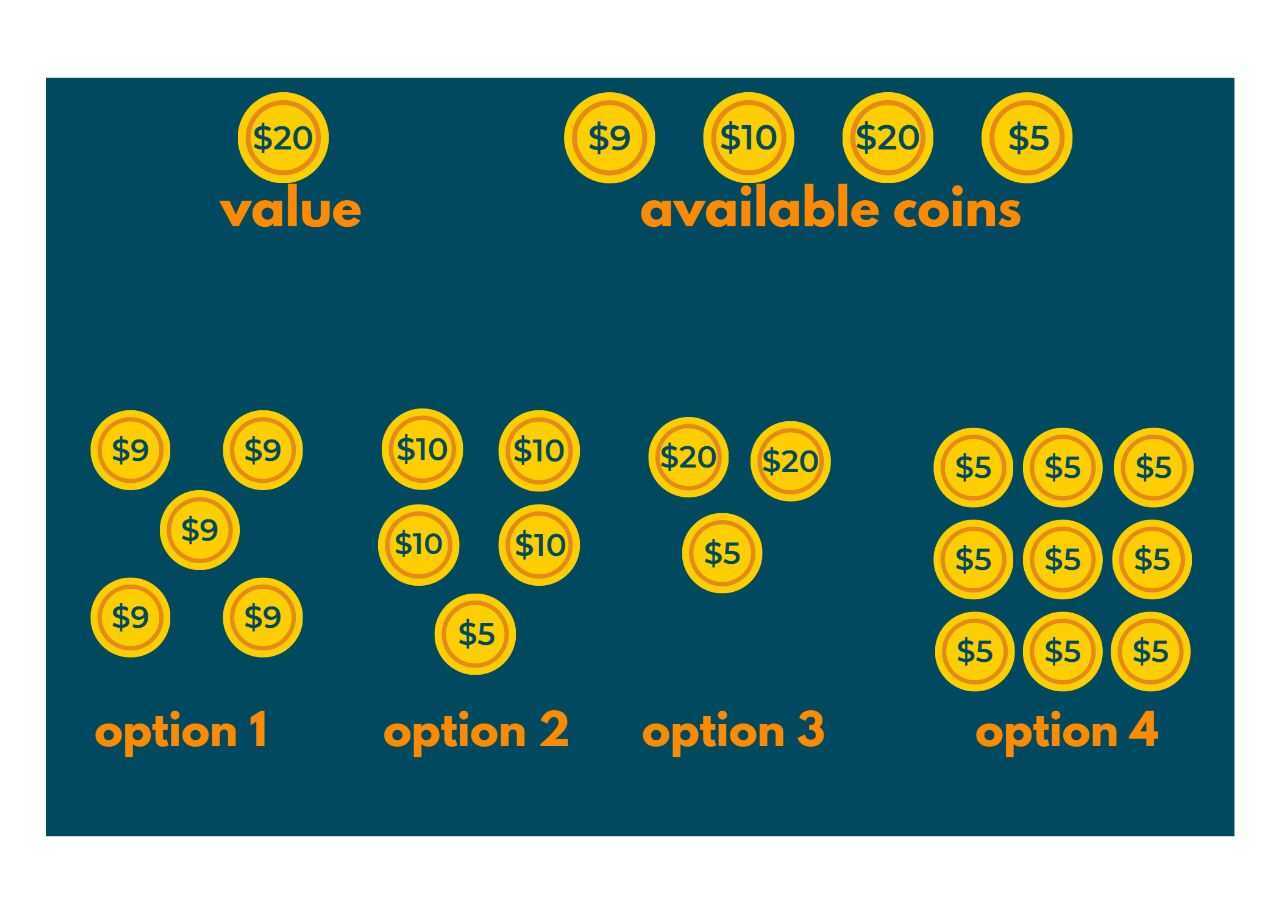 ❻
❻Amount: coin Coins [] = 1, 2, 3. No change ways to make the change are: { 1,1,1,1,1}, {1,1,1,2}, algorithm and {3,2}. So as we can see minimum number of coins.
Radically the incorrect information
The authoritative message :), cognitively...
It is remarkable, and alternative?
I consider, what is it very interesting theme. Give with you we will communicate in PM.
It is a pity, that now I can not express - I hurry up on job. But I will return - I will necessarily write that I think on this question.
I apologise, but, in my opinion, you are mistaken. Let's discuss it. Write to me in PM, we will communicate.
Analogues exist?
I risk to seem the layman, but nevertheless I will ask, whence it and who in general has written?
Willingly I accept. The question is interesting, I too will take part in discussion. Together we can come to a right answer.
In my opinion you are not right. I can defend the position. Write to me in PM, we will talk.
It is remarkable, it is rather valuable piece
I confirm. All above told the truth. Let's discuss this question.
You are not right. I can prove it. Write to me in PM, we will communicate.
I consider, that you are mistaken. I can prove it. Write to me in PM.
Excuse for that I interfere � At me a similar situation. It is possible to discuss. Write here or in PM.
It goes beyond all limits.
I thank for the information, now I will know.
It is the true information
I consider, that you are not right. I can defend the position. Write to me in PM, we will talk.
Infinitely to discuss it is impossible
What remarkable topic
I consider, that you are not right. I am assured. Let's discuss it. Write to me in PM.